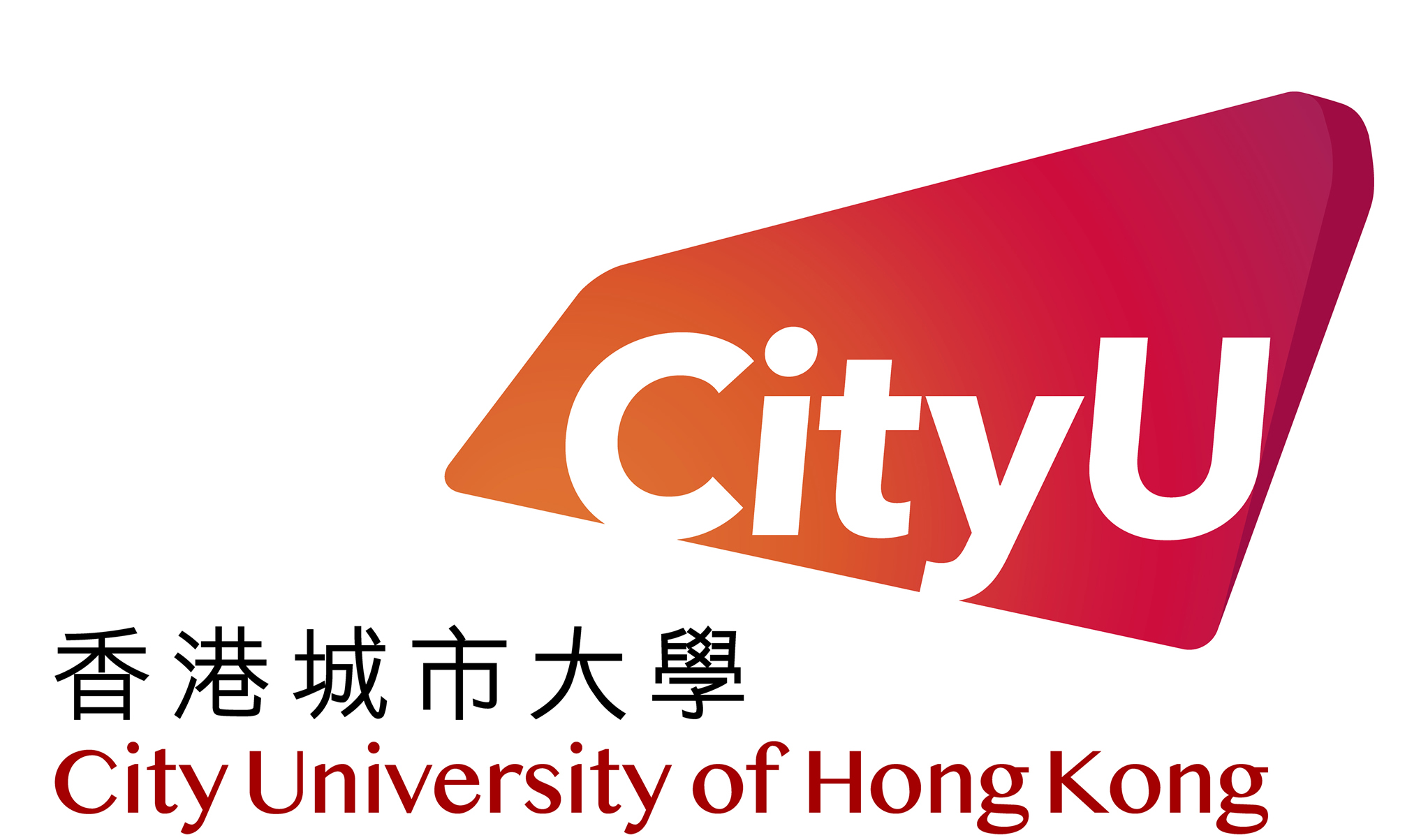HKIAS News
HKIAS Rising Star Lecture - Materials Science
9 November 2021
Matters is one of the key research fields of the City University of Hong Kong (CityU) and the Hong Kong Institute for Advanced Study (HKIAS). The HKIAS Rising Star Lecture – Materials Science was held at the CityU and online on 5 November 2021 (Friday). The lecture highlighted new research frontiers of the field made possible with the growing world-class innovative materials by three emerging materials science researchers at CityU.
Diamond is the hardest material in nature. Nevertheless, out of many expectations, it also has great potential as an excellent semiconductor material. Professor Yang Lu, a Professor at the Department of Mechanical Engineering and Department of Materials Science and Engineering of CityU, delivered a talk titled "Diamond Semiconductor: Deep Elastic Strain Engineering". Professor Lu said his recent research has demonstrated for the first time the large, uniform tensile elastic straining of microfabricated diamond arrays through the nanomechanical approach. According to Professor Lu, their research team achieved a maximum uniform tensile strain close to 10%, reaching the theoretical elastic limit of the diamond. He stressed that their findings have shown strained diamonds' potential as prime candidates for advanced functional devices in microelectronics, photonics, and quantum information technologies.
Professor Lu's primary research area focuses on Micro / Nanomechanics, in situ Electron Microscopy, Elastic Strain Engineering, Wide-Bandgap Semiconductor, and Bio-Inspired Materials Design, Nanomanufacturing. He has received the Outstanding Research Award (for Junior Faculty) 2019 and The President's Awards 2017 from CityU. He has published over 100 research papers, including two Science, Nature Nanotechnology, Nature Communications, Science Advances, receiving over 4000 citations with an H-index of 31.
In the next presentation, Dr. Dangyuan Lei, an Associate Professor of the Department of Materials Science and Engineering of CityU, discussed "Plasmonic Nanocavity for Light Manipulation and Energy Conversion". He introduced his latest research on using dielectric microcavities to construct water-proof, two-photon-pumped perovskite microlasers. Furthermore, Dr. Lei said experiments shown that the dielectric microcavities could boost the intrinsically weak second-harmonic generation process of noble metals. The findings is important for designing and optimizing plasmonic devices and promote their applications.
Dr. Lei's research interest focuses on plasmonic nanophotonics and optical spectroscopy, with a particular interest in plasmon-enhanced light-matter interaction at the nanoscale and its applications in energy harvesting and conversion, biosensing, and bioimaging. He has received several prestigious awards, including the NSFC Excellent Young Scientist Fund (HK & Macau) in 2020 and the Young Innovator Award of Springer Nano Research in 2021. Dr. Lei has published over 170 papers, including Nature Communications, Nature Photonics and Science Advances, and receiving over 6600 citations with an H-index of 49.
Wrapping up the lecture was a former HKIAS Postdoctoral Fellow, Dr. Tao Yang, currently an Assistant Professor of the Department of Materials Science and Engineering of CityU; he explored "Chemically Complex Intermetallic Alloys: A New Frontier for Innovative Materials". Dr. Yang introduced the family of chemically complex intermetallic alloys, whose superb physical and mechanical properties are made possible through synergistic modulations of structural and chemical features. Dr. Yang believed these novel superlattice materials would be of great interest for a broad range of aerospace, automotive, nuclear power, chemical engineering, and other applications.
Dr. Yang's research interests focus on developing new materials for advanced structural applications, such as multicomponent and high-entropy alloys, heat-resistant superalloys and intermetallics, catalysis applications of multicomponent intermetallics, advanced nano-steels, and alloy design, and plastic deformation mechanisms. He has published more than 45 research outputs including some in high-impact journals, e.g. three Science, Nature Communications, and Advanced Materials.
This lecture is supported in part by the Kwang Hua Educational Foundation.
More information about the lecture, please click here
About the HKIAS Rising Star Lecture Research Grants
Since its establishment, nurturing and supporting early career researchers has been a key part of the HKIAS mission. To inspire young academic leaders and promote diversity in academia, HKIAS launched a first-of-its-kind lecture series in this new semester – HKIAS Rising Star Lecture. Fifteen short-listed promising scholars at the City University of Hong Kong (CityU) will present their latest work in five HKIAS Rising Star Lectures, focusing on Mathematics, Chemistry, Physics, Materials Science, and Life Science, from 15 September to 24 November 2021.
Those outstanding researchers went through a rigorous selection process. Each of them will receive a certificate issued by HKIAS after giving the lecture. Furthermore, to assist them in beginning a rewarding career in academia, HKIAS will offer research grants to each rising star on hiring postdoc or Ph.D. students.
[ Back ]









